#Alberto Ascari
Text

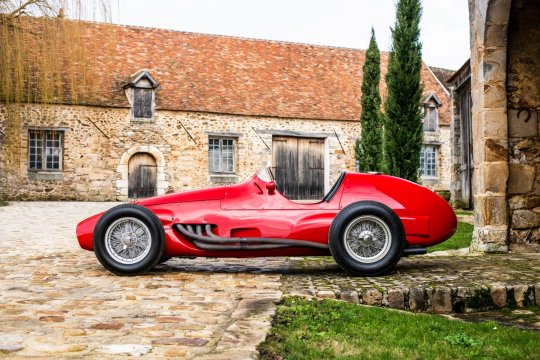

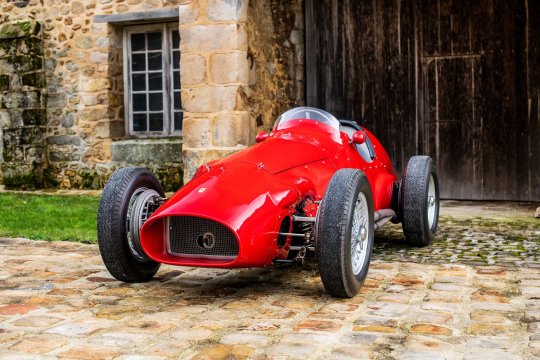


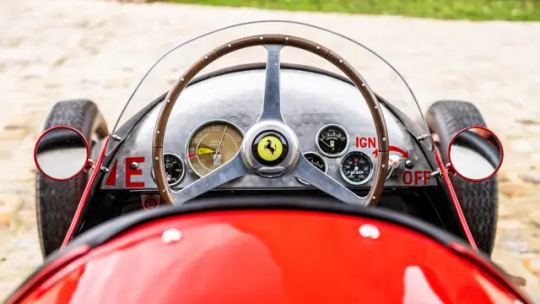

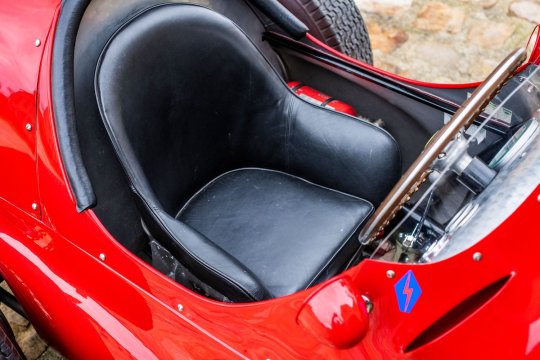

1954 Ferrari Tipo 625 Monoposto
#art#design#luxury cars#luxury lifestyle#supercars#sport cars#luxurycars#supercar#luxurylifestyle#luxurycar#ferrari#ferrari tipo#monoposto#1954#sportcars#sportcar#vintagecars#vintagecar#alberto ascari#formula 1#formula one
323 notes
·
View notes
Text
Max casually broke a 71 year old record today, if you care
#f1#formula 1#formula one#max verstappen#brazilian gp 2023#brazilian grand prix#alberto ascari#generational indeed#literally the talent of a century as niki lauda once said#i care i care very much
184 notes
·
View notes
Text
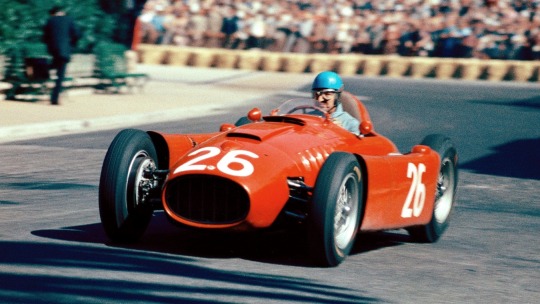
Alberto Ascari (Lancia D50) Grand Prix de Monaco 1955. © Yves Debraine / Klemantaski / Getty. - source Carros e Pilotos.
41 notes
·
View notes
Text
Out of 95 Ferrari drivers, only 9 ever became WDC with Scuderia Ferrari for a total of 15 championships.
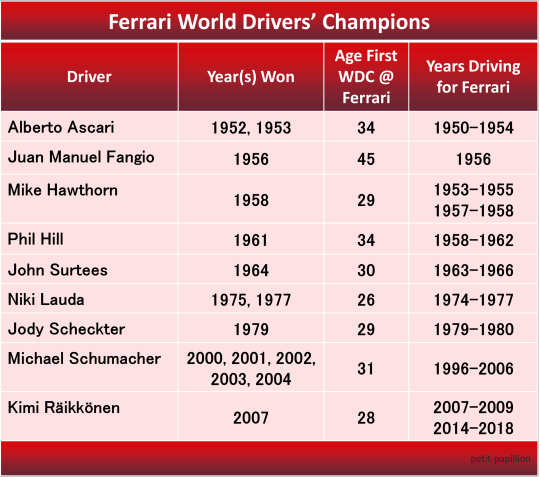
#ferrari stats#f1 stats#alberto ascari#juan manuel fangio#mike hawthorn#phil hill#john surtees#niki lauda#jody scheckter#michael schumacher#kimi raikkonen#scuderia ferrari#formula 1#f1
38 notes
·
View notes
Text
F1 Driver's Championship winners who switched teams right after they won it
This post was inspired by a question asked by @vro0m the other day. Although they were asking about drivers who left WCC winning teams, i thought drivers champions who ditched their teams would be interesting as well.
Juan Manuel Fangio, 1956->57; Ferrari->Maserati. (was known to drive for a different team after each of his championship wins up yo this point, but its important to note those times had to do with his teams leaving the sport. The only time it was his decision was 1956->57)
Alberto Ascari, 1953->1954; Ferrari->Lancia (Not paid enough, perhaps on the grounds that he was risking his life)
Denny Hulme, 1967->68; Brabham->McLaren (can't find a source on this one but he was extremely close to Bruce McLaren and had driven for him in other race series. To give an idea of why i think their closeness could have been a factor, he was considered a man of fewer words and emotions than Kimi Raikonen, but openly weeped at Bruces death in 1970 during a testing accident)
Jackie Stewart, 1969->70; Matra->Tyrell (this could be semantic. Matra International was a "privateer" team from 1968->69 which was actually a collab between Tyrell the man and the french company Matra. The name of Stewart's team changes from 69-70 because Tyrell the man prefered maintaining a working relationship with Ford whereas Matra was moving on to Chrysler. Wikipedia articles partially seem to think the Tyrell team is basically a continuation of the Matra International team the year prior since Tyrell the man was technically the team owner of each. Matra however enters a works team in 1970 that also ran one race in 1969 so its confusing. )
Jochen Rindt, Honorable mention; he died in the Italian GP practice in 1970. He had such a big lead he still won the championship in spite of his passing.
Nikki Lauda, 1977->78; Ferrari->Brabham (Nikki's huge accident that almost killed him in the 1976 season changed his outlook on racing in exceptionally poor weather conditions. As a result, he refused to race in the 1976 Japanese GP, and lost the championship to James Hunt in the process. Ferarri was pissed about this and it deteriorated his relationship with Ferrari severely for the 1977 season. After being treated so poorly (even in the driver lineup from his point of view) he decided to leave despite winning the championship. Its important to note however that he's believed to have won by consistency despite the car's outright slower pace, so he might have also had technical concerns)
Nelson Piquet, 1987->88; Williams->Lotus (in 86 and 87 Piquet was racing alongside Nigel Mansel in a WCC winning Williams. According to Piquet he had an agreement with team owner Frank Williams that he would be the number one driver for 86, an agreement he felt was neglected after Frank got in a car accident and left the team in the management of Mansel's race engineer. Specifically, he was upset that Mansel was not ordered to let him pass for the race win on two occasions that year, and had he been let through he would have been champion rather than Alain Prost. The relationship never recovered from that, but for some reason Piquet waited to leave. It is worth noting that he signed for Lotus before winning the 87 championship. Additionally Mansel finished first in more races than him that year but lost because of Piquet's podium consistency)
Alain Prost, 1989->1990; McLaren->Ferrari (ho boy. Long story partially short, Prost believed Honda (engine supplier) favored Senna, and therefore so did McLaren for the 1988-89 seasons, to the point of even giving Senna a better engine in the 1989 season. Supposedly for the 1988 season a Honda employee confirmed the suspicion while speaking to Prost in person, but promised he'd do his best to change that for 89. Prost did not believe this had occured, as he felt his car was underperforming Senna's in 89. His biggest piece of evidence was that while running a better straight-line-speed setup than Senna in Mexico, he still was not being able to pass Senna by engine power on the straight. For Honda's part, they had a major press event where they tried to explain technically why Senna's driving style suited the engine better, but the employee giving the interview kept referring to prost by his surname but not Senna, which is a sign of a stronger personal relationship in Japanese culture and was taken as a sign of bias)
Nigel Mansell, 1992->93; Williams->N/A (retired)
Michael Schumacher, 1995->96; Benneton->Ferrari (Schumacher's official statement is that he abandoned his contract with Benneton a year early due to "the teams damaging actions in 1994" to use wikipedias wording. The teams actions include: software shenanigans where the car was found to have the supposedly unused ability to correct bad manual starts, which would give the driver the ability to have perfect starts regardless of their affectiveness with the clutch; ignoring a black flag for a safety car overtake; and having a skidblock that was so worn down it suggested Benneton was ignoring aero regulations)
Damon Hill, 1996->97; Williams->Arrows (this one doesny count because it was outside of Hill's control, but it's really funny. Williams sacked him in favor of Heinz-Harald Frentzen, whom i have never heard of and apparently would only ever win 3 F1 races in his career. Hill chose Arrows not because they were the best team with an offer, but because they wanted to pay him the most. His career sucked after that)
Fernando Alonso, 2006->2007; Renault->McLaren (wikipedia straight up just doesnt explain this. A reddit thread gives a lot of uncited opinions as to why, but a significantly large number of their users cite that McLaren was seen as a consistently top team in this era while Renault was seen as volitale. With Alonso signing for 2007 as early as late 2005, heres some possible factors: Renault's bizzare lack of commitment to staying in the sport; McLaren winning more races in late 2005 than Renault; Renault's success was partially attributed to weird tire rules).
Jenson Button 2009->10; Brawn->McLaren (Brawn was bought out to become mercedes, but was left to its Brawn leadership to still run the team. Jenson won the championship because of dominance at the beginning that was cut short by not developing the car enough. He still won overall, but Jenson asked for a larger focus on in-season developement for the next year as a condition for staying. Ultimately, he was spoked off when he discovered mercedes didnt have enough sponsors for their plan yet)
Nico Rosberg, 2016->17; Mercedes->N/A (retired)
#f1#f1 history#nico rosberg#fernando alonso#michael shumacher#damon hill#alain prost#nelson piquet#niki lauda#jochen rindt#jackie stewart#denny hulme#alberto ascari#juan manuel fangio#motorsport#motorsport history#tw death
20 notes
·
View notes
Text
EQUALING RECORDS OF ASCARI, SCHUMACHER, VETTEL, AND ROSBERG!!!!! OH MAXIE
#he’s so good#my man#kisses#alberto ascari#michael schumacher#sebastian vettel#nico rosberg#max verstappen#max verstappen best driver#silverstone gp 2023
45 notes
·
View notes
Text
#formula 1#f1#michael schumacher#niki lauda#kimi raikkonen#alberto ascari#juan manuel fangio#phil hill#john surtees#jody scheckter#mike hawthorne#ferrari#scuderia ferrari
7 notes
·
View notes
Text
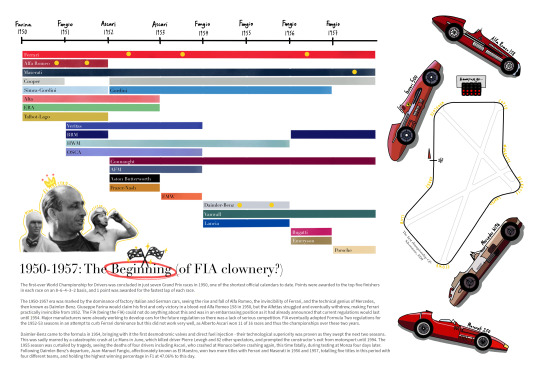
F1: a colorised history 1/10 - text and graphics mine with thanks to Wikipedia and Reddit
text in photo below the cut :) if you spot any mistakes please let me know!
The first-ever World Championship for Drivers was concluded in just seven Grand Prix races in 1950, one of the shortest official calendars to date. Points were awarded to the top five finishers in each race on an 8–6–4–3–2 basis, and 1 point was awarded for the fastest lap of each race.
The 1950-1957 era was marked by the dominance of factory Italian and German cars, seeing the rise and fall of Alfa Romeo, the invincibility of Ferrari, and the technical genius of Mercedes, then known as Daimler-Benz. Giuseppe Farina would claim his first and only victory in a blood-red Alfa Romeo 158 in 1950, but the Alfettas struggled and eventually withdrew, making Ferrari practically invincible from 1952. The FIA (being the FIA) could not do anything about this and was in an embarrassing position as it had already announced that current regulations would last until 1954. Major manufacturers were already working to develop cars for the future regulation so there was a lack of serious competition. FIA eventually adopted Formula Two regulations for the 1952-53 seasons in an attempt to curb Ferrari dominance but this did not work very well, as Alberto Ascari won 11 of 16 races and thus the championships over these two years, remaining the last Italian driver to do so.
Daimler-Benz came to the formula in 1954, bringing with it the first desmodromic valves and direct fuel injection - their technological superiority was proven as they swept the next two seasons. This was sadly marred by a catastrophic crash at Le Mans in June, which killed driver Pierre Levegh and 82 other spectators, and prompted the constructor's exit from motorsport until 1994. The 1955 season was curtailed by tragedy, seeing the deaths of four drivers including Ascari, who crashed at Monaco before crashing again, this time fatally, during testing at Monza four days later.
Following Daimler-Benz’s departure, Juan-Manuel Fangio, affectionately known as El Maestro, won two more titles with Ferrari and Maserati in 1956 and 1957, totalling five titles in this period with four different teams, and holding the highest winning percentage in F1 at 47.06% to this day.
#timeline#this is basically as close to fanart as i will ever get#tiny drawings of the 1950s cars#this was so ridiculously fun to do#can you believe it stemmed from watching seb name the wdcs in order one too many times#halfway through my fifth rewatch i was like#hey i don't really know about half of these people..#and so now i have taken it upon myself to do a Full And Comprehensive history of motorsport...#anyway i hope this is useful or at least nice to look at :")#because a lot of timeline spreadsheets ive seen are just uh. unusable#claire's edits#alberto ascari#juan manuel fangio#giuseppe farina#classic f1#f1#formula 1#i lowkey feel like this was designed very badly............... but OK#this was created for an audience of one (1) and that's me.#<3
15 notes
·
View notes
Photo
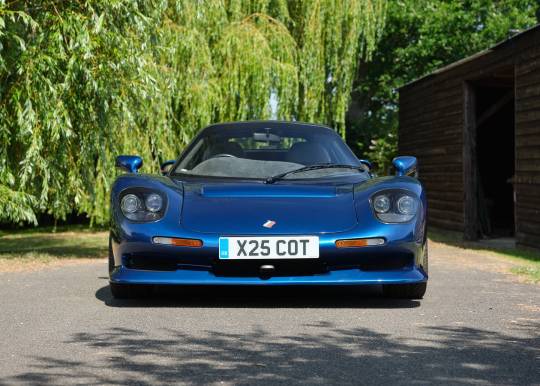



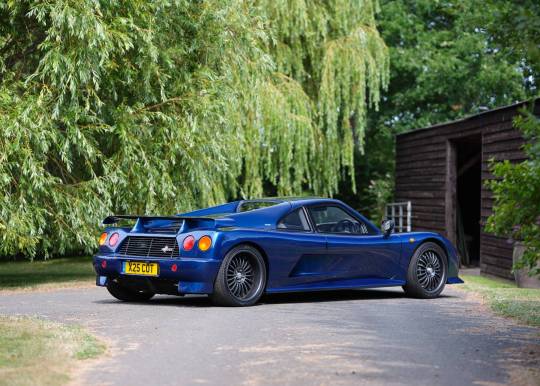
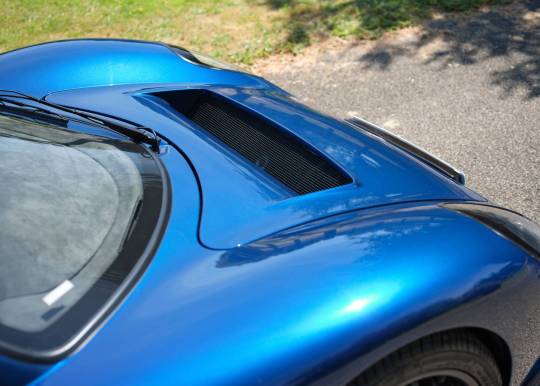
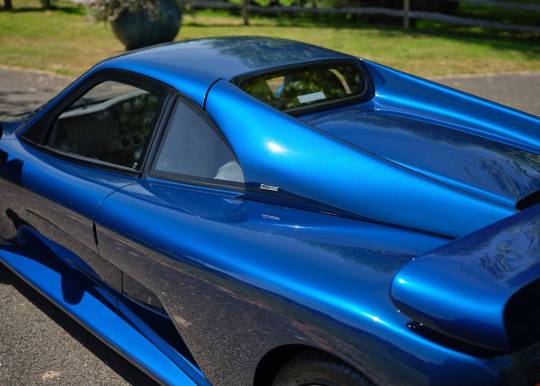
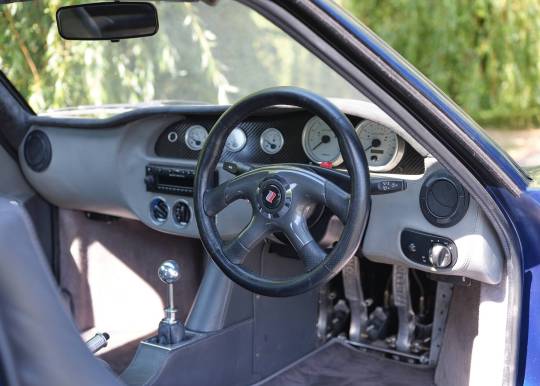
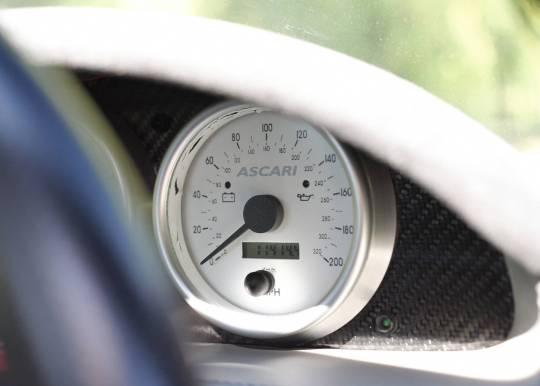
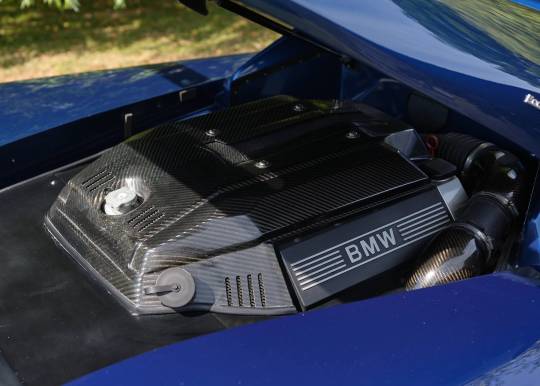
ASCARI Ecosse
Ascari (the name is either a contraction of Anglo-American Car Industries or a tribute to Alberto Ascari, the two-time, Ferrari-driving Formula One champion, depending on who you listen to…) made its home near Banbury, an area thick with Formula One teams and engineering know-how.Its first car was the FGT, a Chevrolet-engined concept racing car that so impressed multi-millionaire inventor and racing driver Klaas Zwart that, like Victor Kyam, he bought the company. He went on to race the FGT in the British GT Championship in 1995, winning at Silverstone but failing to qualify for Le Mans.The Ecosse was the road-going version of the FGT. With more than a hint of McLaren F1 about it, it was Ascari’s first production car. Launched in 1998 it featured a spaceframe chassis, a fibreglass and Kevlar body, and a BMW 4.4-litre, Hartage-tuned V8 engine mated to a ZF manual gearbox. It wouldn’t surprise us if Ascari lost money on each one, so exquisite is the engineering.With 300bhp on tap, it is said to have a top speed of 200mph thanks to slippery aerodynamics and a weight of just 1,250kgs, which is all the more impressive given that it has leather trim, air-conditioning and a carbonfibre dashboard; this was a proper supercar rather than a stripped-out racing machine made legal.The engine size was later increased to 4.7-litres and 400bhp, and the more powerful car could reach 60mph in 4.1 seconds – and if that’s not quick enough for you, the final cars boasted a 420bhp, 5.0-litre BMW V8 and two of the concluding run even had a six-speed sequential gearbox from Quaife…The firm, who ceased trading in 2010, is thought to have built only 17 cars, of which no more than seven are thought to still exist, making them a very, very rare sight indeed.
33 notes
·
View notes
Text
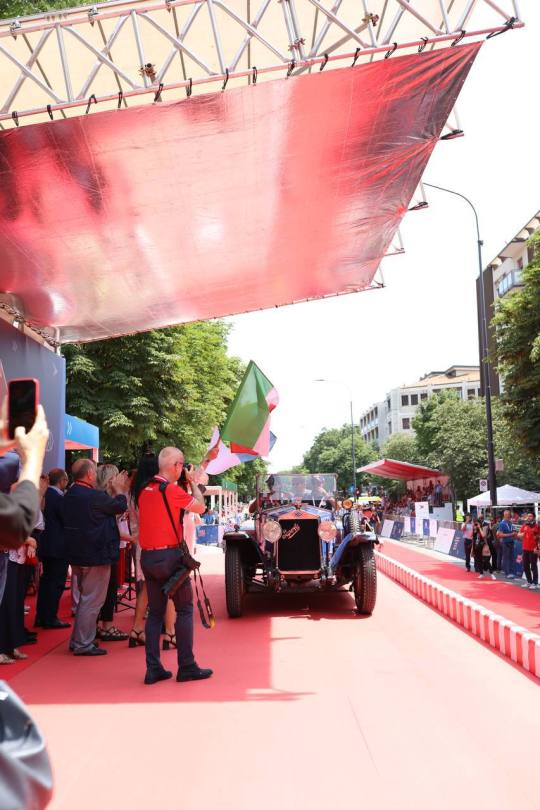

1000 Miglia, che meraviglia!
(part 2)
2022: #1000 OM 665 Superba Torpedo crossing the starting line as well as #602 Lancia D24 Sport spider Pinin Farina of Alberto Ascari did in 1954.
He will win the race taking the first (and the last, sadly also for him) victory for the Turin based marque at "La Freccia Rossa".
© Mille Miglia / Louis Klementasky
#Mille Miglia#vintage racing#classic car#vintage car#b/w#sportscar#1950s#racing#spider#torpedo#OM#Lancia#OM 665 Superba#Lancia D24 Sport spider Pinin Farina#Ascari#Alberto Ascari#Brescia#race#Freccia Rossa#red#the most beautiful race in the world#part 2
49 notes
·
View notes
Text
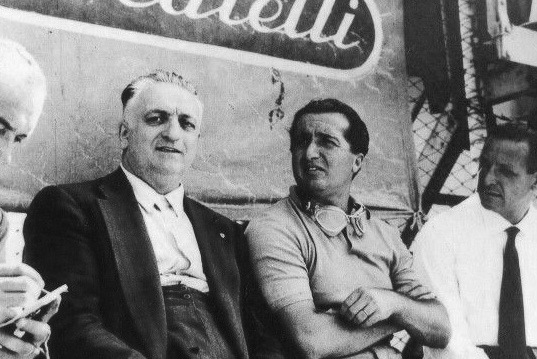
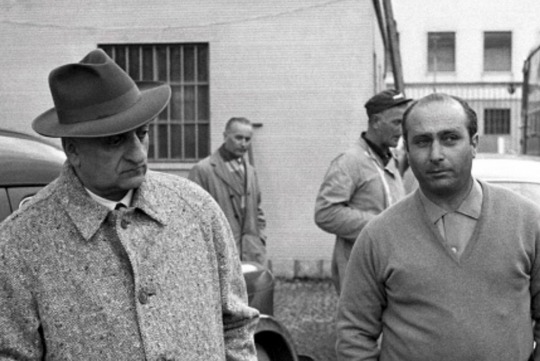
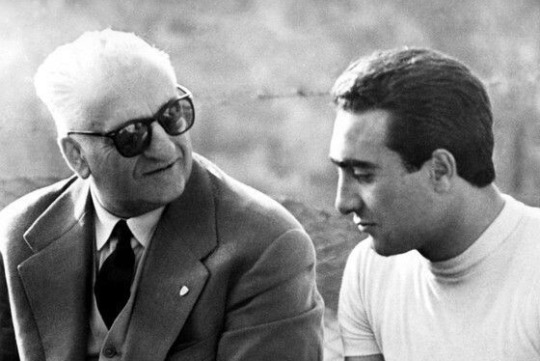




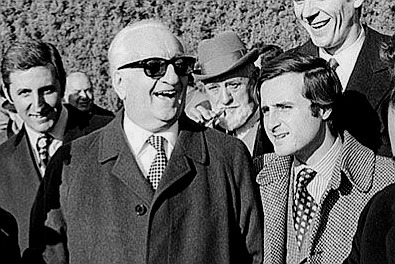
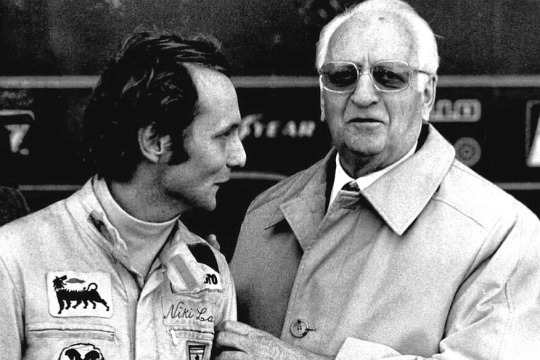
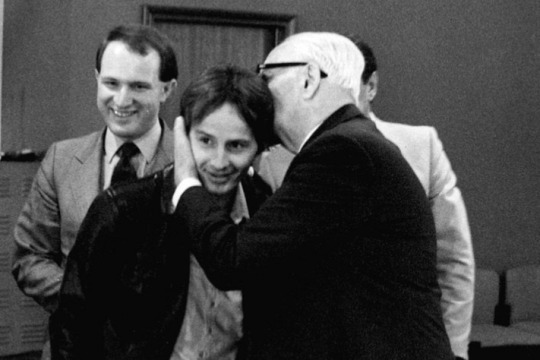
✤ Enzo Ferrari + Scuderia's noble knights ✤ ⚔️🛡️🌹
To live for a cause, to endeavor
To make your deeds grace it, to try
And uphold its precepts forever
#enzo ferrari#alberto ascari#juan manuel fangio#eugenio castellotti#phil hill#wolfgang von trips#john surtees#lorenzo bandini#ignazio giunti#niki lauda#gilles villeneuve#ferrari#classic f1#f1#formula 1#retro f1#f1 1950s#f1 1960s#f1 1970s#f1 1980s#idkw but i always liked the concept of drivers as medieval knights#especially ferrari ones#motorsport
42 notes
·
View notes
Text
1955 Monaco Grand Prix
youtube
Such a good watch! Beautiful kodachrome footage, very good coverage of the highlights, and a race that suddenly gets very interesting, which seemingly no one wants to win! Definitely worth a watch over lunch.
Also poor Ascari's last race, he died a couple of days later when participating in the next weekend.
#f1#classic f1#racing#monaco#juan manuel fangio#stirling moss#alberto ascari#knowing its kodachrome makes me want to see the archival tape projected!#Youtube
2 notes
·
View notes
Text
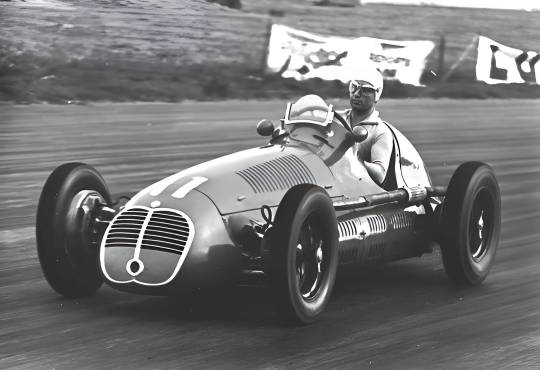
Alberto Ascari - Maserati 4CLT #159, aux essais du Grand Prix de Grande Bretagne - Silverstone 1948. © Motor Sport. - source UK Racing History.
43 notes
·
View notes
Text
On the Starting Ramp
We are about to head up the starting ramp (seen at the base of this photo) for the Mille Miglia on May 2, 1954. The car is a new Lancia D24, what would be the ultimate Lancia sports car of designer Vittorio Jano, this one to be driven by the Italian Gino Valenzano. Lancia had entered four of these cars to be piloted by Valenzano, Alberto Ascari, Eugenio Castellotti, and Piero Taruffi – a very…
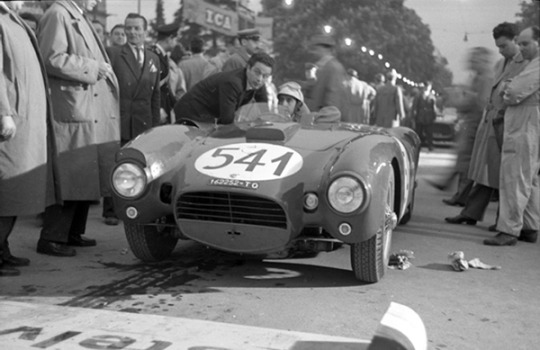
View On WordPress
3 notes
·
View notes
Text
Swiss GP 1950: grand prix #4 in Formula 1 history
When racing in Switzerland still was a thing, Bremgarten was the place where the fourth round of 1950 season happened, on 4th June, but could be considered the third somehow, as in Indianapolis none of the usual teams or drivers entered the race. Alfa Romeo took the top-3 in qualifying with Juan Manuel Fangio, Nino Farina and Luigi Fagioli, followed by Ferrari cars of Luigi Villoresi and Alberto Ascari. Some Talbot-Lago and Maserati were well ahead of a third Ferrari, driven by Raymond Sommer.
All the three Ferraris were forced to retired due to technical reasons, with Ascari the first one, after attempting at the beginning to fight with the Alfas and ending up at some point in third behind Fangio and Farina but ahead of Fagioli. Fangio, at the beginning in the lead and later in second place behind team-mate Farina, was forced to retire too and Alfa Romeo managed to take "just" a 1/2 finish with Farina and Fagioli. Talbot-Lago took a podium with third place from Louis Rosier, while Prince Bira and Felice Bonetto, both Maserati drivers, took the last two scoring positions, fourth and fifth.
#1950's f1#f1 1950#swiss gp#nino farina#luigi fagioli#louis rosier#prince bira#felice bonetto#juan manuel fangio#alberto ascari#luigi villoresi#raymond sommer#alfa romeo#ferrari#maserati#classic f1#retro f1#vintage f1
2 notes
·
View notes
Text
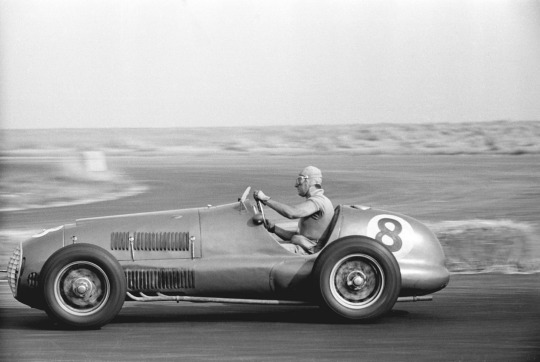
Alberto Ascari drives Scuderia Ferrari's 125 F1 during the 1949 Daily Express International Trophy Race. Silverstone Circuit, England
Klemantaski Collection
#f1#formula 1#alberto ascari#ferrari#125 f1#klemantaski collection#race#silverstone#1949#link goes to footage of the race if anyone's interested!
4 notes
·
View notes